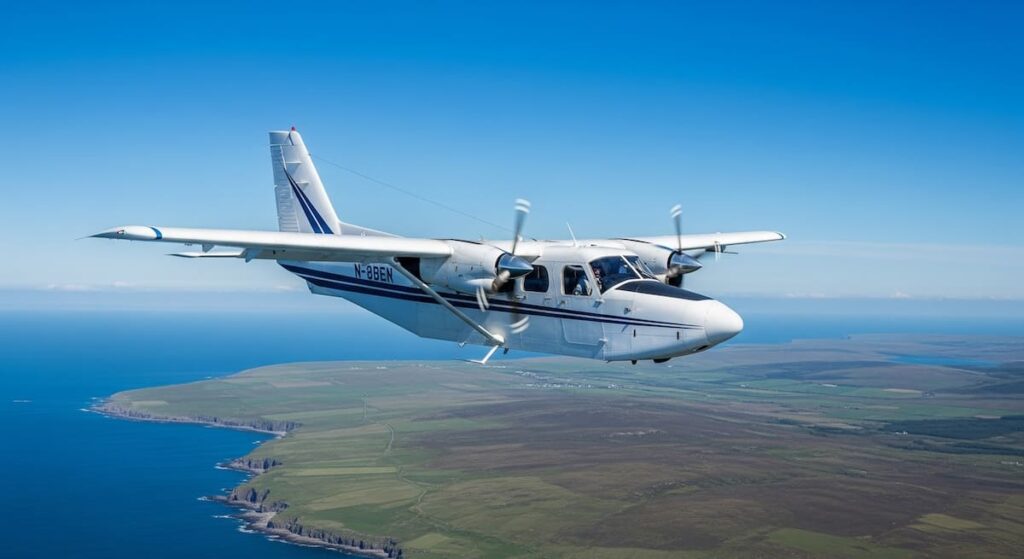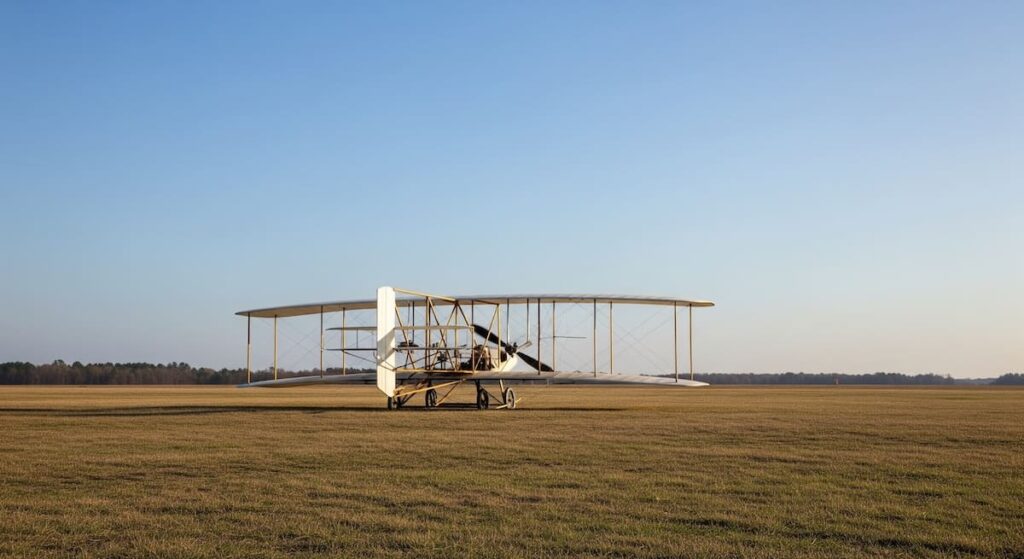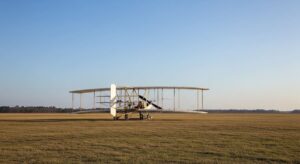Every time a plane takes off, everyone is amazed. How can something so heavy fly so gracefully? Jet engines are what make this look so easy. These engines are the most important part of modern aviation. They turn fuel into the amazing thrust that moves planes across oceans and continents. Many people find flying to be a magical experience, but the science behind it is just as interesting. This guide will take you on a trip inside the jet engine and explain how it works in a way that is easy to understand and interesting.
The Wonder of Thrust
The main job of a jet engine is to make thrust, which is the force that moves an aeroplane forward. To make thrust, you take in air, compress it, mix it with fuel and then light the mixture on fire to make a fast-moving stream of gases. This stream comes out of the back of the engine and pushes the plane forward, which is what Newton’s third law of motion says will happen. The idea is simple, but the engineering that went into making it work well and last a long time is truly impressive.
A Look Inside the Engine
When you look at a jet engine, it might look like one big thing. In reality, it is a carefully thought-out system of parts, each of which is very important. Knowing what these parts do helps us understand how they work together to keep a plane flying thousands of feet above the ground.
The Fan: The First Welcome
The fan, a big spinning part that pulls in a lot of air, is at the very front of the engine. Some of this air goes into the engine’s core to be burnt, while the rest goes around the outside of the engine, making more thrust. This air that goes around is one reason why newer engines are quieter and use less gas than older ones. Passengers often see the fan spinning as they board their flight, which hints at the huge power that is about to be released.
The Compressor: Putting the Air In
The compressor, which has a series of rotating blades and stationary vanes, moves the air through it once it’s inside. The compressor’s job is to squeeze the air, which makes it denser and more pressurised. This step is very important because the more compressed the air is, the stronger the fire will be. Think about blowing on a campfire; the stronger the breath, the bigger the flame. The compressor works on the same idea, but on a much bigger and more complex scale.
The Combustion Chamber: Where Fire is Born
In the combustion chamber, the air that has been carefully compressed is mixed with fuel. This fuel is usually a type of paraffin that has been specially refined for aviation. When you light this mixture, it makes a huge explosion of hot gases. The process must be controlled and ongoing, with a steady flame that keeps the engine moving forward without stopping. The combustion chamber is one of the most carefully designed parts of the engine. It has to be able to handle very high temperatures while still being completely efficient.
The Turbine: What Makes It Work
The turbine, which is a set of blades that takes energy from the flow, is where the hot gases from combustion go. A shaft connects these blades to the front of the engine, where the compressor and fan are. The turbine works as both a workhorse and a recycler by capturing energy from the hot gases to keep the whole system running smoothly. The materials used to make turbines are some of the most advanced in engineering. They can handle the intense heat of the combustion process.
The Exhaust: The Last Push
The gases leave the engine at amazing speeds after going through the turbine. The last push of thrust that moves the plane forward comes from this flow of gases. It may seem like the air journey ends here, but this is actually the moment that gives passengers a smooth and steady ride above the clouds.
Different Kinds of Jet Engines
Jet engines have a lot of variants. The turbofan is the most common type used in commercial aviation. It has a big front fan and is known for being efficient. Turbojets or turbofans made for speed and agility may be used on military planes. Turboprops, which use a jet engine core to turn a propeller and turboshafts, which are often used in helicopters, are two other types. Different kinds of engines are made for different jobs, like speed, power or fuel efficiency.
The Science Behind Everyday Flight
Jet engines are even more interesting because they are used in everyday life. They have changed how people travel around the world, making continents smaller and bringing people together in ways that would have been impossible a hundred years ago. The same ideas that make commercial planes work are also used for moving cargo, defending people and even exploring space. The sound of a jet engine taking off is more than just noise; it’s the sound of progress in the modern world.
Concluding Thoughts
When you get on a plane and buckle your seatbelt, take a moment to think about the amazing machines that are under the wings. A jet engine is more than just metal, blades and fire; it’s a work of art that shows how smart people can be. The engine lets us cross skies that once seemed out of reach by pulling in air, compressing it, igniting it and directing its energy. What looks like magic is really the result of years of hard work by scientists, engineers and inventors. Flying will always be amazing, and knowing how powerful modern jet engines are makes that sense of wonder even stronger.











